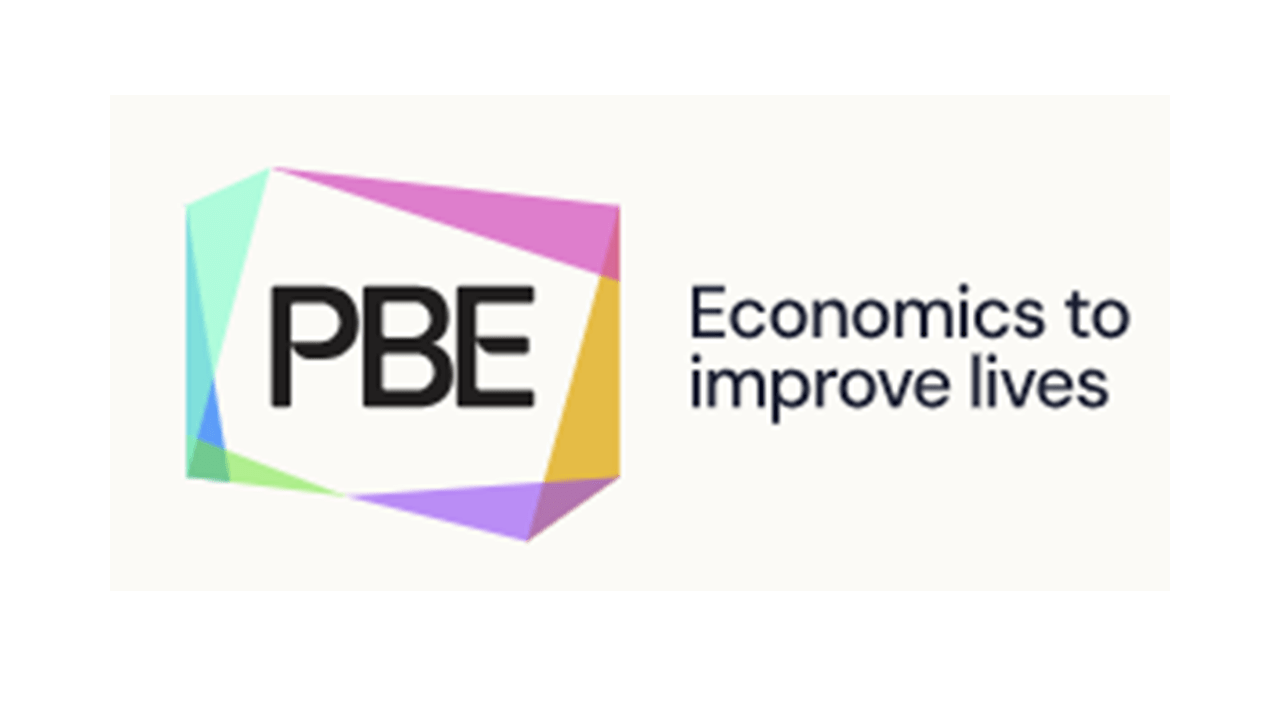PBE report: Helping funders measure what matters
PBE (the economics think tank formerly called Pro Bono Economics) worked with funder, Spirit of 2012, to understand the legacy of their 12 years of grantmaking. It is an interesting read as it attempts to reconcile the impact of funder needs for measurement and the grantee work to produce the data. It does suggest that wellbeing measurements (as used by Sprit of 2012) do work well for funders wanting a more quantifiable measurement focus. This approach uses the Office for National Statistics 4 standard questions (ONS4) on wellbeing.
PBE argue that this wellbeing measurement is helpful for funders because:
- It’s a simple and pragmatic way of capturing what matters to many social sector organisations and funders. Wellbeing provides an excellent indicator of the overall quality of life and it does this using four simple questions that have been proven to be reliable and robust.
- It can be used in a wide variety of contexts. Using an umbrella measure of quality of life allows a single framework to be applied across lots of different dimensions.
- It provides a great way of demonstrating that charities are reaching those with the greatest needs. This can demonstrate that funding programmes are reaching those with the lowest levels of wellbeing (and therefore the greatest need for support).
- It can be easier to get stronger conclusions about impact using comparison groups: because the ONS measures of wellbeing have been rolled out to so many surveys, it can make it far more feasible to understand what might have happened to the wellbeing of beneficiaries in the absence of the grants. While this sort of evidence may not be as strong as large-scale experiments, it can provide a pragmatic way of reaching a relatively robust evaluation for many more organisations.
- It is an accepted way of measuring interventions: subjective wellbeing measurement is now an accepted measure, a credible way of measuring interventions, and increasingly used by central government.
- It allows charities to assess the value for money of grants. Using the HMT’s Cost Benefit Analysis guidance, the broad social impacts of an intervention can be captured and monetised using subjective wellbeing measurement (life satisfaction). Organisations that are working to improve the real, lived experience of those struggling can make the case of the value that they bring, even where they may not lead to any changes in markets, changes to productivity, or savings in benefits.
Other key findings include:
- There are barriers that can make it difficult for grantees to measure wellbeing – and a funder can help to bridge the gap.
- Developing an understanding of what might have happened in the absence of the programme can be particularly important where programmes are having a ‘protective’ impact (preventing things from getting worse).
- Providing central support for grantees to access the right expertise can be critical to deliver a truly ‘measurement focused’ approach.
Read the full report here

